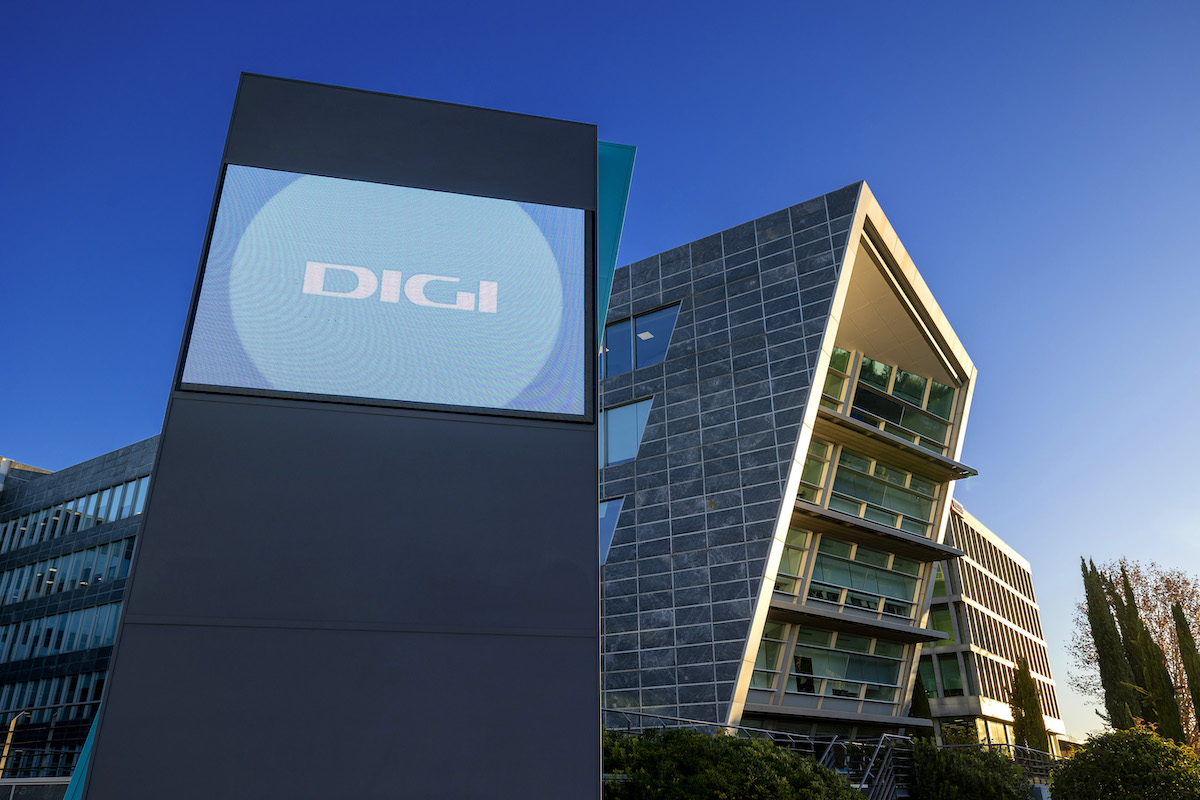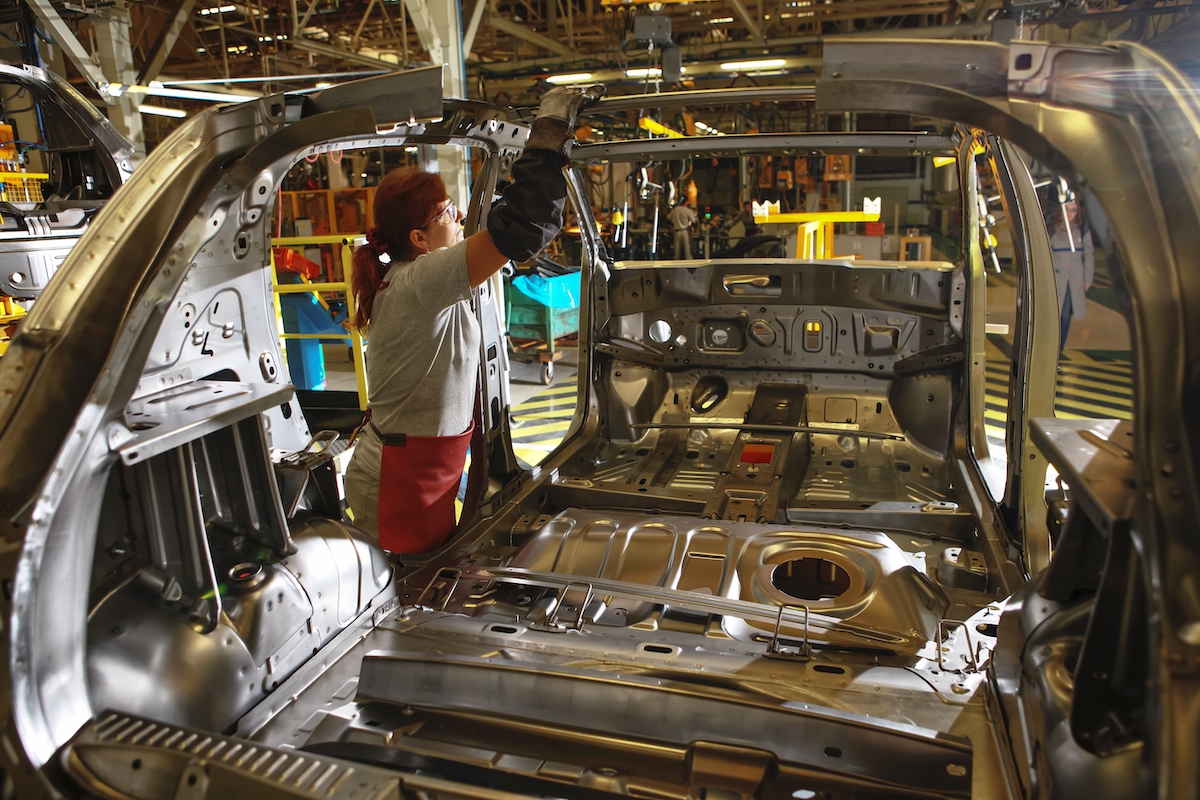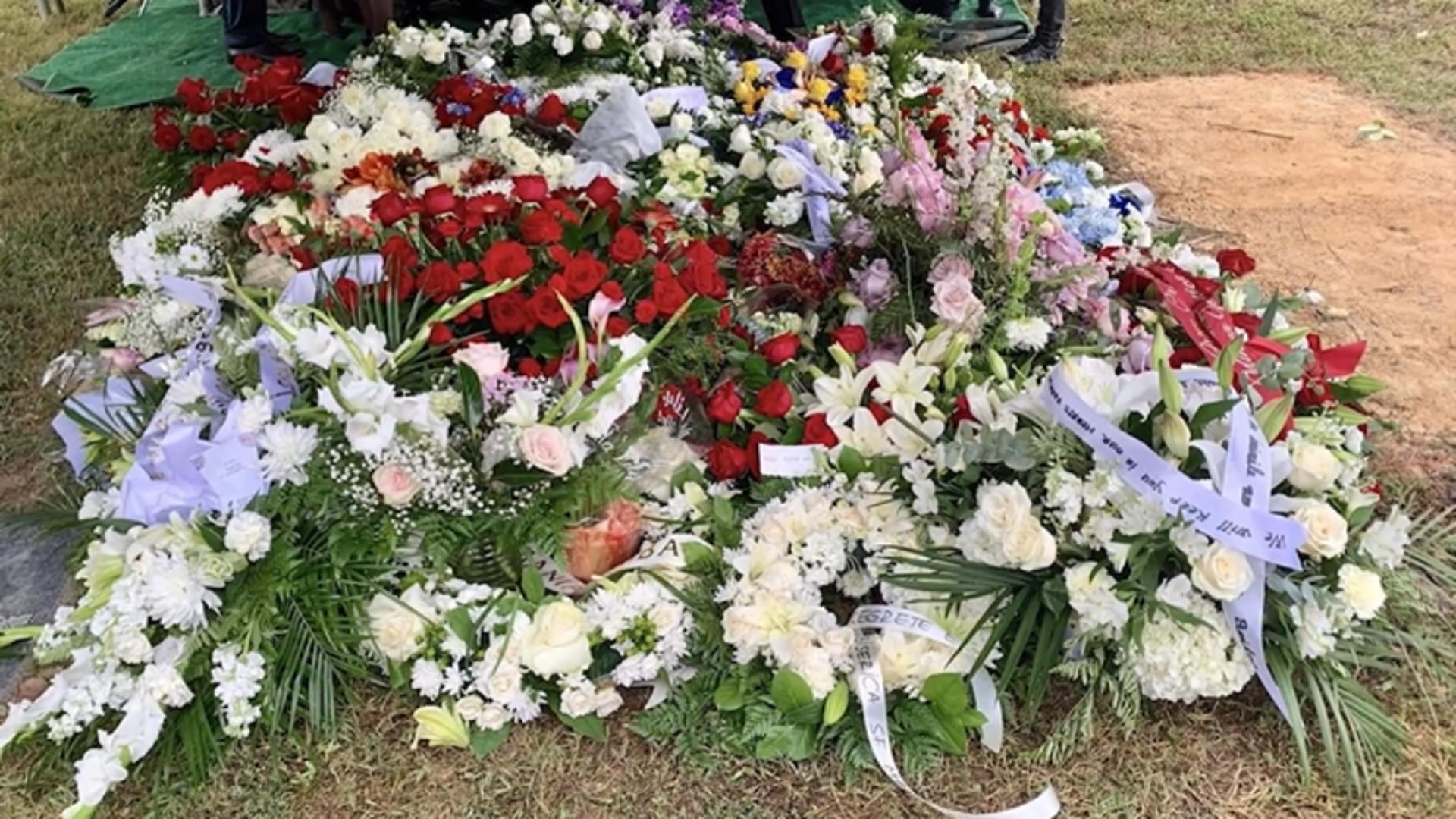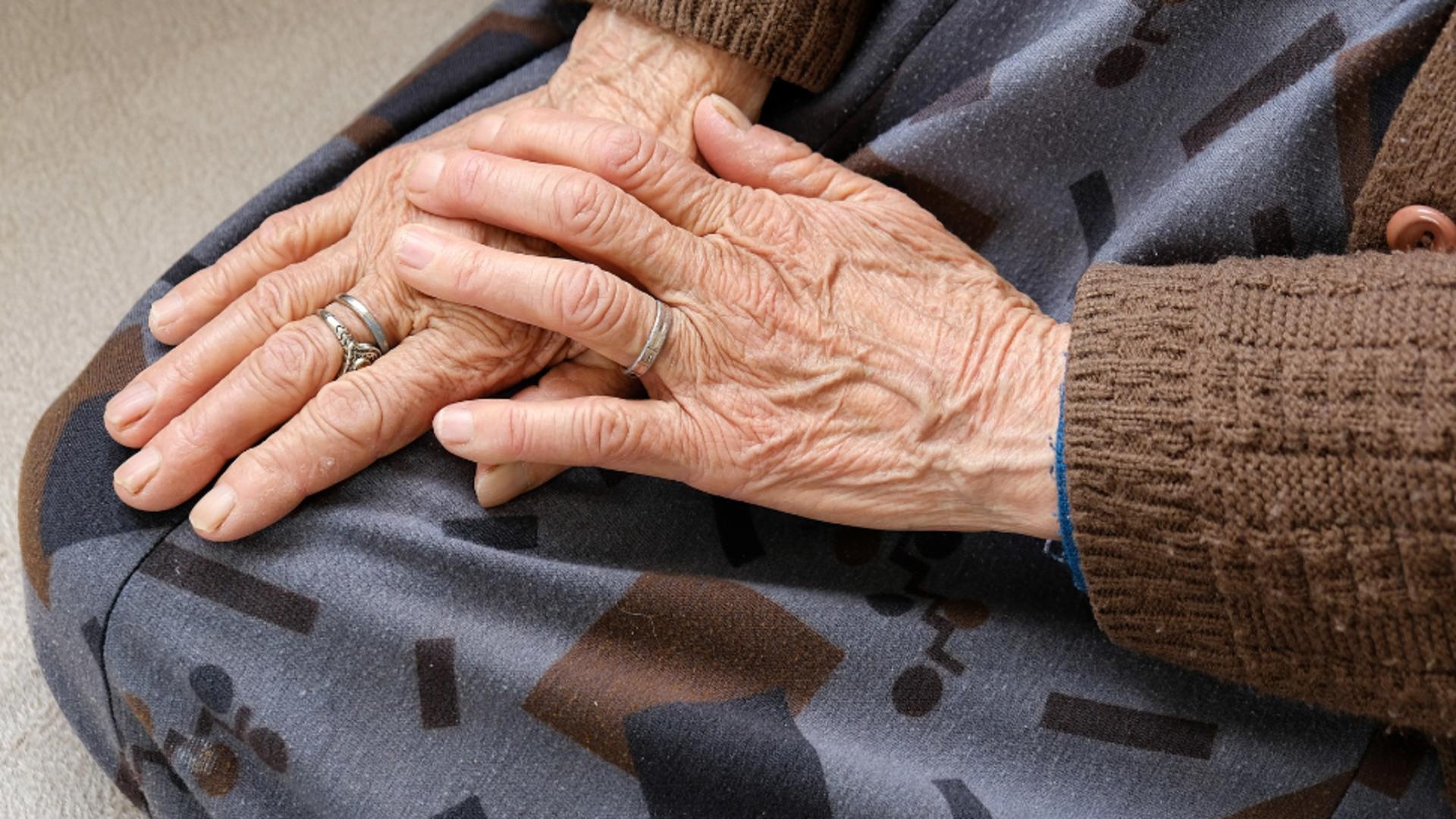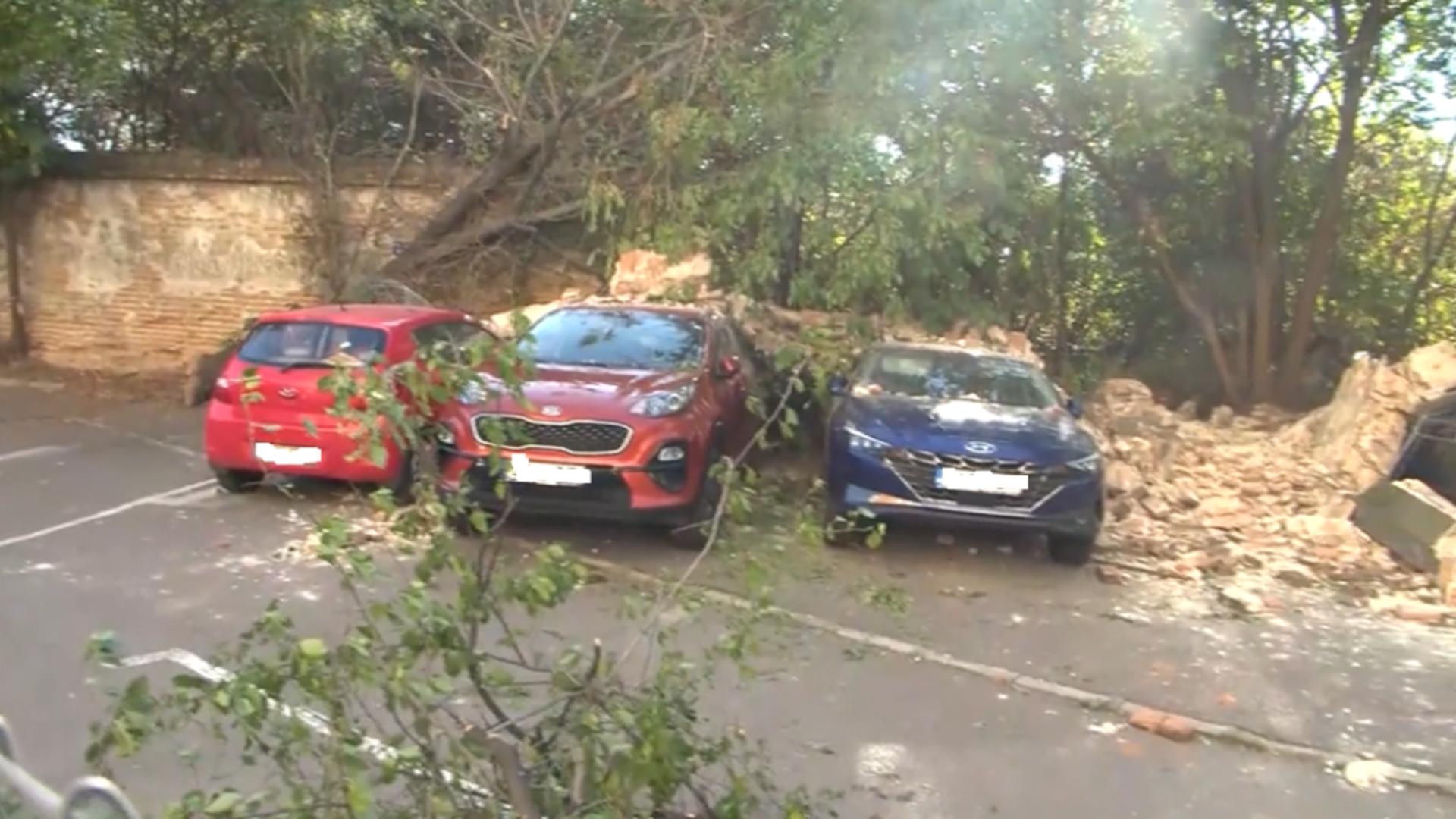Amid wildfires and extreme heat, Southern Californians are also experiencing poor air quality that has been worst around the eastern San Gabriel Valley and heavily populated areas of San Bernardino County.
The Air Quality Index was expected to reach very unhealthy levels Monday, Sept. 9, in the eastern San Gabriel Valley, which includes Monrovia, Glendora, Azusa and Arcadia; and the central and eastern San Bernardino Valley, which includes Fontana, San Bernardino, Rialto, Redlands, Highland and Yucaipa, according to the South Coast Air Quality Management District.
The AQI was expected to reach 206 in the eastern San Gabriel Valley, 225 in the central San Bernardino Valley and 226 in the eastern San Bernardino Valley on Monday.
Higher AQIs indicate worse air quality and measure the amount of ground-level ozone, particle pollution, carbon monoxide, sulfur dioxide and nitrogen dioxide in the air.
Readings are divided into categories including hazardous, very unhealthy, unhealthy, unhealthy for sensitive groups, moderate and good.
Wildfires continue to rage in both regions. The Bridge fire erupted in the Angeles National Forest Sunday, Sept. 8, and the Line fire broke out Thursday, Sept. 5, near Highland. Both fires prompted evacuations. Heavy smoke from the fires was a major contributor to high AQIs Monday, and smog also contributed to widespread poor air quality in the afternoon, especially in the Inland Empire, which is common during extreme heat, according to Rainbow Yeung with the Air Quality Management District.
Another smoke-generating wildfire broke out Monday in Orange County’s Trabuco Canyon.
By Tuesday Sept. 10, the eastern San Gabriel Valley is expected to have its AQI improve to moderate levels around 93, and the central and eastern San Bernardino Valley are expected to improve but still be unhealthy for sensitive groups with indices of 108 and 124, respectively. The measurement means sensitive groups like people with asthma could have health effects, while the the general public is less likely to be impacted.
On Monday, other regions with unhealthy AQIs measuring 150 or higher included: the West San Gabriel Valley, including Pasadena, Altadena and La Canada Flintridge; Pomona and the Walnut Valley, including Walnut and Diamond Bar; and the South San Gabriel Valley, including Montebello, Whittier, Monterey Park and East L.A.
In addition, unhealthy AQIs were expected in North Orange County, including Placentia, Yorba Linda, Fullerton and Brea; the Saddleback Valley, including Irvine and Mission Viejo; Capistrano Valley; Corona and Norco; and Metropolitan Riverside County, including Riverside; the Perris Valley; and the Lake Elsinore area.
AQIs above 150 were also expected in Hemet and the San Jacinto Valley; Banning and the San Gorgonio Pass; the Northwest San Bernardino Valley, including Upland and Rancho Cucamonga; the Southwest San Bernardino Valley, including Chino, Chino Hills and Ontario; and the San Bernardino Mountains, including Crestline, Lake Arrowhead and Big Bear Lake.
Other areas had AQIs considered unhealthy for sensitive groups Monday, including central Los Angeles County, including Downtown L.A.; Southeast L.A. County; the San Fernando Valley; Temecula Valley; Santa Clarita Valley; San Gabriel Mountains; Central Orange County, including Anaheim and Santa Ana; Hesperia and Victorville.
Other areas of the region closer to the coast, including Long Beach, Santa Monica, Redondo Beach, Newport Beach and Torrance were expected to have moderate AQIs Monday.


